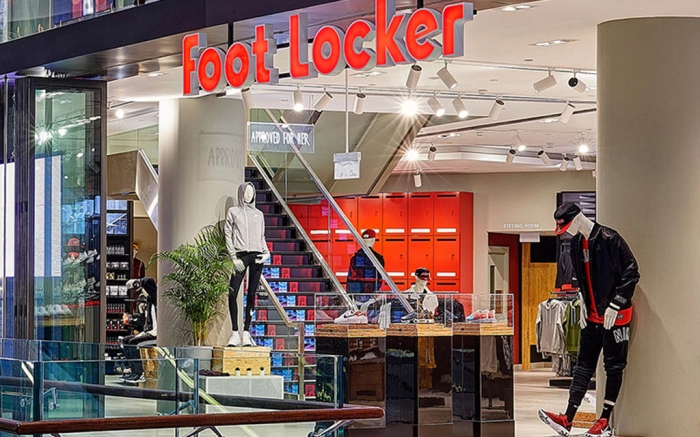Why Retail Imports Could Return to Normal After Turbulent Times in 2019
After a year of fluctuations spawned by the uncertainty of the trade war with China, cargo volume at major U.S. retail container ports is expected to return to its usual seasonal patterns during the first few months of 2020, according to the Global Port Tracker report released Friday by the National Retail Federation and Hackett Associates.
“We’ll be more confident after we see the Phase One agreement signed, but right now 2020 looks like it should be back to what used to be normal,” Jonathan Gold, vice president for supply chain and customs policy at NRF, said. “We’ve been through a cycle of imports surging ahead of expected tariff increases — some of which got delayed, reduced or canceled — and falling off again afterward. That’s not good for retailers trying to manage their inventory levels or trying to make long-term business plans.”
President Donald Trump is scheduled to sign a “Phase One” partial trade deal with China on Wednesday. In announcing the deal, the administration said it would lower tariffs that took effect in September and canceled another round that was set to take effect Dec. 15, but others remain in place.
U.S. ports covered by Global Port Tracker handled 1.67 million Twenty-Foot Equivalent Units (TEU) — one 20-foot cargo container or its equivalent — in November. That was down 11.2% from October and 7.5% below a year earlier. With on-again, off-again progress on trade negotiations reported throughout the fall and other factors affecting shipping, an expected surge ahead of the canceled December tariff increase did not materialize, Global Port Tracker said.
December cargo imports were estimated at 1.7 million TEU, down 13.4% from unusually high numbers seen in December 2018, when retailers had frontloaded imports ahead of a scheduled Jan. 1, 2019, tariff increase that was ultimately postponed.
While numbers for the full year are not final, estimates indicate that 2019 came in at 21.6 million TEU, a 0.9% decrease from 2018, but still the second-highest year on record, the report noted.
January cargo imports are forecast to be down 5% to 1.8 million TEU from a year ago and February shipments reaching U.S. ports are expected to be 4.9% lower year-over-year at 1.54 million TEU.
Then in March, imports are expected to be up 5.2% at 1.7 million. The swings are tied to fluctuations in the Lunar New Year calendar and related factory shutdowns in Asia. Lunar New Year this year begins Jan. 25, while in 2019 it started on Feb. 5.
Cargo imports in April are forecast to rise 2.1% year-over-year to 1.78 million TEU, and May shipments are predicted to increase 1% to 1.87 million TEU, as summer merchandise arrives.
Global Port Tracker covers the U.S. ports of Los Angeles-Long Beach and Oakland, Calif., and Seattle and Tacoma, Wash., on the West Coast; New York-New Jersey; Port of Virginia; Charleston, S.C.; Savannah, Ga., and Port Everglades, Miami and Jacksonville, Fla., on the East Coast, and Houston on the Gulf Coast.













